A sinking luxury liner at dawn. Some passengers scramble for lifeboats, while some cling desperately to the ship’s rails. Camera moves in to close up shot of passengers running across the ship’s deck, attempting to escape falling into the water.
Imagine if giving AI this text prompt was all James Cameron needed to create one of cinema’s most gut-wrenching and iconic scenes in the Titanic. It may have saved the movie a few million dollars in building the massive water tanks in Baja Studios.
If the production team had waited a bit longer, maybe 25-ish years, they would’ve discovered text-to-video apps — i.e. generative AI technology that takes a text prompt and turns it into a video.
Pre-released on Feb. 15, 2024, Sora joined other text-to-video models like Pika Lab’s Pika 1.0, Runway’s Gen-2, and Stability AI’s Stable Video Diffusion to chart new frontiers in AI video generation.
While the output of these older models could be considered rudimentary, Sora’s hyper-realism moved the possibilities a few thousand steps forward, especially for the filmmaking and content creation industries.
Here is what the prompt “photorealistic closeup video of two pirate ships battling each other as they sail inside a cup of coffee” looks like on OpenAI’s text-to-video model, Sora.
This development has already drawn the attention of A-list filmmakers like Tyler Perry who, a few days after the release of Sora, announced the indefinite pause of an $800 million expansion of his Atlanta studio.
Should Hollywood be worried?
In an interview with The Hollywood Reporter one week after OpenAI released footage of Sora, Perry said he was indefinitely halting his proposed studio expansion, a plan he’d been working on for the last four years.
Though Perry had gotten word in 2023 about the possible release of such technology, he never imagined it would look like that. And if we’re being honest, neither did we.
“If I wanted to write a scene on the moon, it’s text, and this AI can generate it like nothing,” Perry told The Hollywood Reporter. I don’t have to put a set on my lot. I can sit in an office and do this with a computer, which is shocking to me.”
But he’s not new to the capabilities of AI, as he has already found useful applications in two films he’ll be releasing soon.
“I was able to use this AI technology to avoid ever having to sit through hours of aging makeup,” he said.
But saving a few hours in the makeup chair is nothing compared to completely overhauling multimillion-dollar film production processes, particularly in set design. This, he insisted, raises serious labor concerns within the industry despite the many advantages of the technology.
“It makes me worry so much about all the people in the business. Because as I was looking at it, I immediately started thinking of everyone in the industry who would be affected by this, including actors and grip and electric and transportation and sound and editors, and looking at this, I’m thinking this will touch every corner of our industry.”
Being a studio owner himself, Perry is certain this new development would cost people their jobs especially because, “If you could spend a fraction of the cost to do a pilot that would have cost $15 [million]. $20 million…, the bottom line of these companies would be to go the route of lesser costs.”
However, he also believes the future of the industry may yet be preserved if the entertainment industry could confront the issue as a whole.
The Great Debate About Text-to-Video Apps
Just weeks before OpenAI shared Sora with the public, a study on the impact of GenAI on entertainment industry jobs discovered 90% of the 300 business leaders surveyed agree GenAI would play a larger role in the entertainment industries.
It also found that a whopping 72% of their creative businesses already adopt GenAI programs in their processes and this has led to a high potential for GenAI-induced job disruptions.
The implications of this technology, which has use cases at all levels of the film production cycle, has been a source of contention among many industry decision-makers and creatives.
In 2023, the Writers Guild of America (WGA) went on strike for a record 148 days.
Why? They were earning chump change for great work. Great work they feared studios may outsource to AI. Their demands to end the strike therefore included additional protection around the ways studios could use AI.
The Screen Actors Guild and American Federation of Television and Radio Artists (SAG-AFTRA) also joined the strike for very similar reasons.
In their case, the technology and proposal already exists to scan performers and duplicate their likeness — and as Duncan Crabtree-Ireland, SAG-AFTRA’s chief negotiator, says, “...use it for the rest of eternity in any project they want with no consent and no compensation.”
Now, with tech like Sora, the question on the mind of many is whether AI is here to help or take over.
“This is the first [time] I’ve felt the ground was a little uneven or [the] ground was starting to give, in the same way illustrators felt a few years ago. It is unsettling,” Paul Trillo, a multidisciplinary artist, writer, and director popular for his exploration of AI in filmmaking, said in an article published by Yahoo.
During the twin strikes, filmmaker Justine Bateman had also referred to AI in Hollywood as an ‘existential threat,’ a threat that could see creatives “replaced with Frankenstein spoonfuls of [their] own work.”
Still, as Trillo rightly confesses, it’s hard not to be excited about the technology.
The minute-long videos Sora is currently capable of creating are vivid and lifelike, owing to the model’s design to “...understand not only what the user has asked for in the prompt, but also how those things exist in the physical world.”
This means if you asked Sora to create a photorealistic cat annoyed with its owner, the video may show the cat with its eyes narrowed, serving its owner a death stare.
Yet, there seems to be a consensus that as impressive as AI is, it will never replace the human creative work that goes into making the films we love.
Bindu Reddy, CEO and co-founder of Abacus AI, instead makes a case for how this technology will only help make movies and video games much better. But beyond that, the product exec is skeptical about its impact on jobs.
“Sora won't be replacing motion pictures,” she writes on X. “Yes, it's possible that it can be used to make TikToks or ads, but I suspect that it will be difficult to get it to create the exact video you are looking for.”
Ted Sarandos, Netflix CEO, echoed this sentiment on Rob Lowe's Literally! podcast.
“It's feasible that AI can replicate or imitate those things, but there’s something about the authenticity and the reality of human experience that people see, and they can also see when it’s inauthentic,“ he said
He continues, “People will try to use AI to do shortcuts for the human experience, and the truth is, there is no shortcut for the human experience.”.
Movie production aside, there are even greater concerns for the stock footage industry.
In a partnership with Shutterstock in 2023, OpenAI received access to the Shutterstock library and associated metadata to train its AI models.
What the OpenAI-Shutterstock partnership proves is that legacy media providers innovating their systems to reflect current technological realities may just be the thing that keeps them in business as with every day that passes, AI gets better at creating photos and videos more tailored to user preferences.
Considering how much stock videos cost, Jim Makos’ question is on everybody’s mind.
Where does Hollywood go from here?
In ending the WGA and SAG-AFTRA strikes, both unions reached agreements with the Alliance of Motion Picture and Television Producers (AMPTP) that did not completely remove AI from their process.
Instead, the agreements gave the human creatives greater control over their art and how they choose to produce it.
If anything, this further proves AI has come to stay. But as Perry advocated, it will take Hollywood “...galvanizing one voice in motion to help save [and] protect the individuals [in the] industry.”
Hopefully, it doesn’t take another strike to reach this very necessary consensus.
It may be a long while before AI can create footage good enough for film, but considering how obsessively the technology is moving towards even greater intelligence, there’s really no way to tell how soon it could happen.
Artificial Intelligence

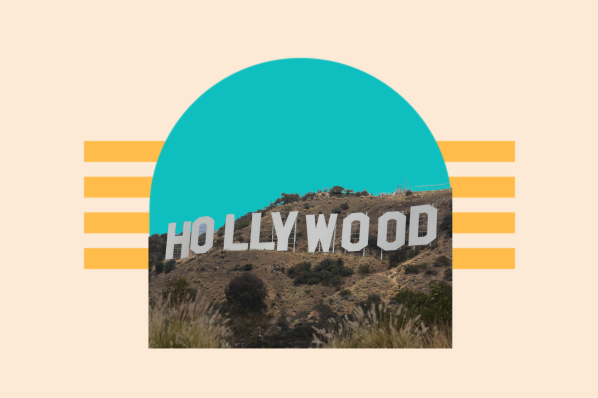
![Download Now: The State of AI [Free Report]](https://no-cache.hubspot.com/cta/default/53/18762e80-6017-4c1b-801b-e55abae588fe.png)

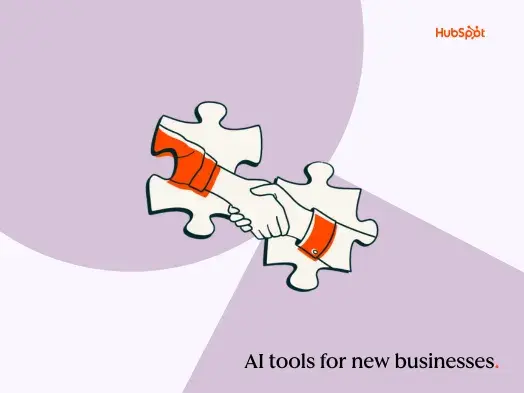
![AI email subject lines that drive 3x more revenue and actually convert [+ exclusive insights]](https://53.fs1.hubspotusercontent-na1.net/hubfs/53/ai-email-optimization-1-20251014-4500151-1.webp)
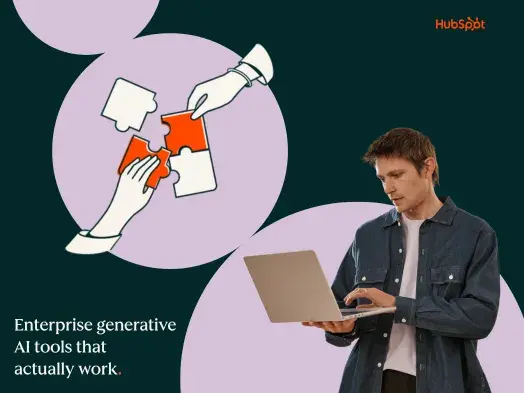
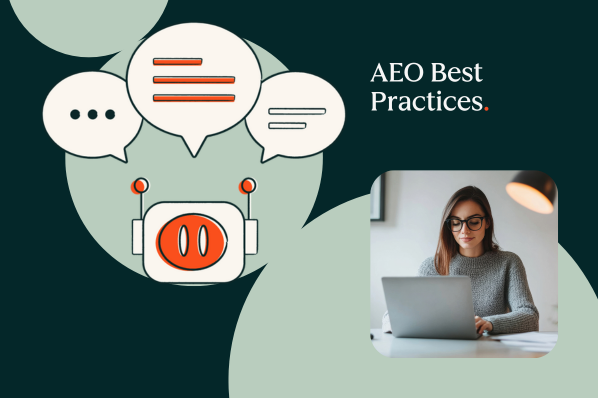


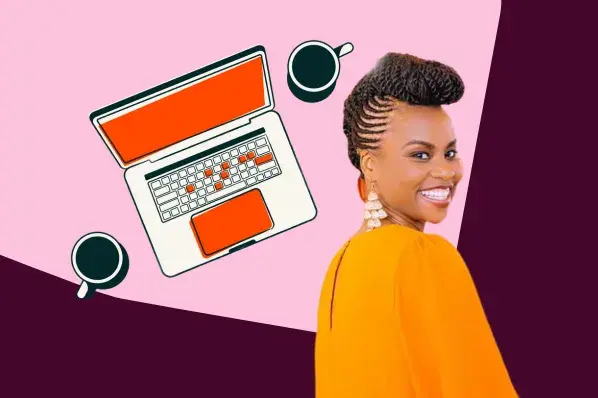

-1-20250905-2237709%202.webp)